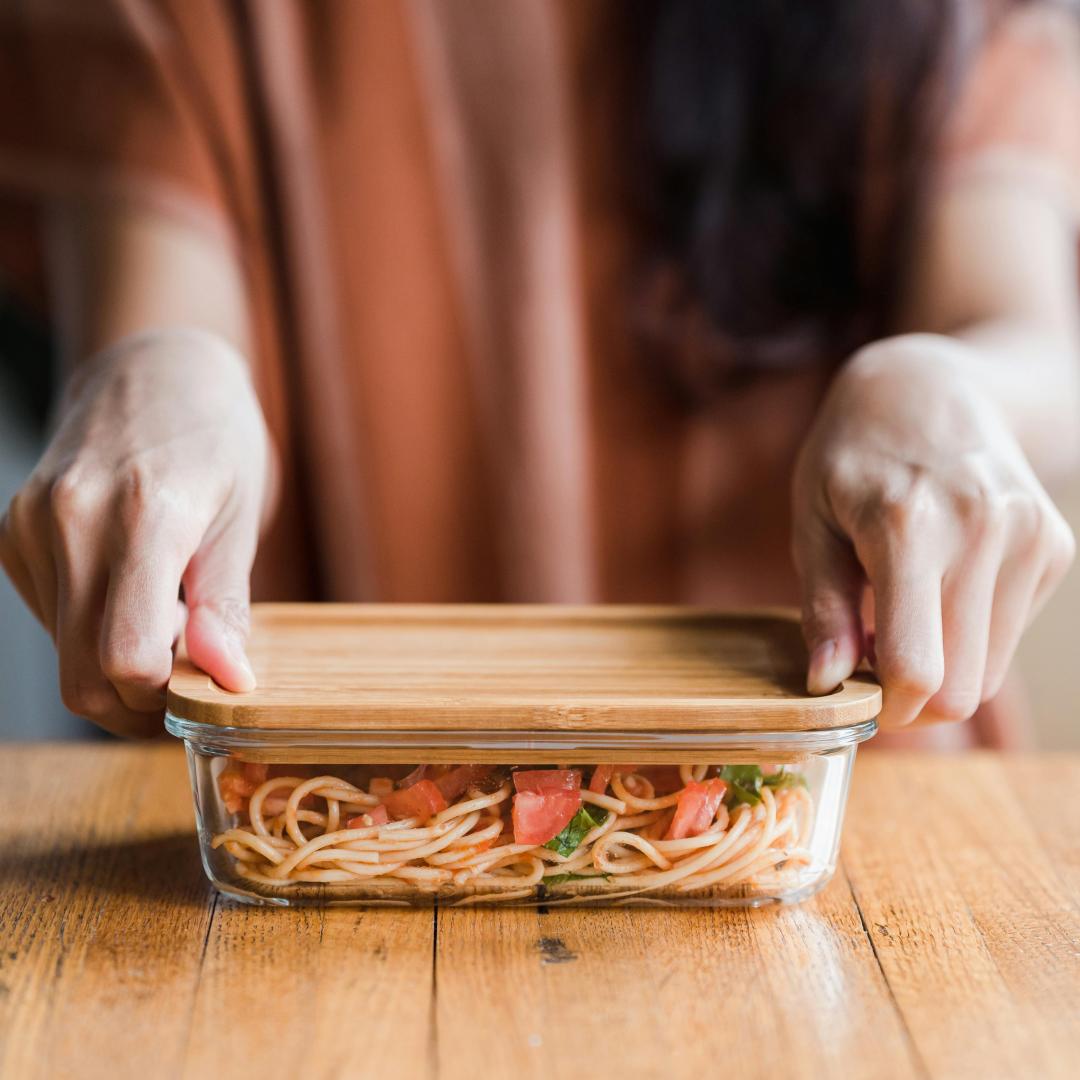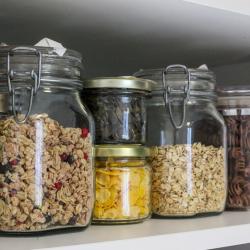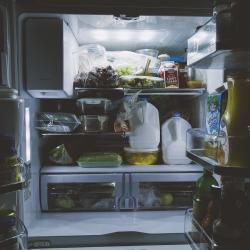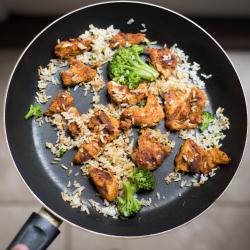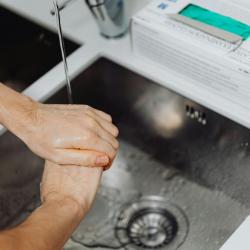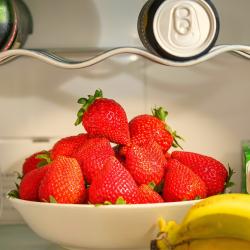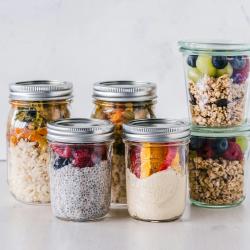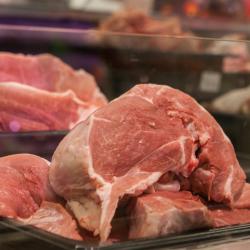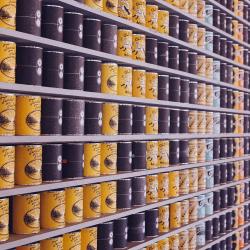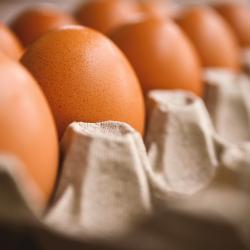The Best Practices for Storing Leftovers Safely
Effectively handling and storing leftovers not only preserves food quality but also ensures their safety. While leftovers can provide convenient meals for days to come, improper storage can lead to foodborne illnesses. Here’s a comprehensive guide to best practices for storing leftovers safely:
1. Timing is Key
Act fast! The golden rule is to refrigerate or freeze leftovers within two hours of cooking. In hot weather, when temperatures exceed 90°F (32°C), reduce this window to one hour. Prompt refrigeration halts the growth of bacteria that can lead to food spoilage.
2. Cool it Down
Before storing hot leftovers, it’s essential to cool them down quickly to avoid raising the temperature inside your refrigerator. Spread the food out in a shallow container to help it cool faster. If you have large portions, consider dividing them into smaller portions to facilitate rapid cooling.
3. Use the Right Containers
Opt for airtight containers or freezer bags that prevent moisture loss and protect your food from bacteria. Glass, plastic, or stainless steel containers with tight-fitting lids are excellent choices. If using freezer bags, ensure they’re designed for freezing to prevent freezer burn.
4. Practice Portion Control
Store leftovers in meal-sized portions to make reheating convenient and to avoid repeated partial thawing and refreezing. This minimizes the risk of bacterial growth and helps maintain the texture and taste of your food.
5. Label and Date
Always label containers with the contents and the date you stored them. This practice helps you keep track of how long the leftovers have been stored and ensures you consume them within a safe timeframe. The general recommendation is to consume refrigerated leftovers within 3-4 days.
6. Pay Attention to Temperature
Keep your refrigerator at or below 40°F (4°C) and your freezer at 0°F (-18°C) to maintain an optimal environment for stored food. Regularly check your appliance temperatures with a reliable thermometer.
7. Safe Thawing Methods
When reheating frozen leftovers, avoid leaving them out at room temperature. Instead, thaw them in the refrigerator, use the microwave’s defrost setting, or reheat them directly from frozen during cooking. Each method ensures the food remains at a safe temperature throughout the process.
8. Reheat Thoroughly
Heat leftovers to at least 165°F (73.9°C) to kill any bacteria that may have developed. Stir the food during reheating to ensure even heat distribution, especially in microwave cooking where cold spots are common. Use a food thermometer to verify the internal temperature.
9. Be Cautious with Certain Foods
Some foods demand extra care. Rice, pasta, and dishes containing eggs, seafood, or dairy are particularly prone to bacterial growth if not stored properly. Ensure these items are rapidly cooled and reheated to an appropriate internal temperature.
10. Trust Your Senses
If leftovers exhibit an off smell, strange texture, or visible mold, it's best to err on the side of caution and discard them. However, remember that some harmful bacteria may not produce noticeable changes, making adhering to the guidelines all the more important.
Conclusion
Proper leftover storage is a blend of safety, foresight, and culinary pragmatism. By following these best practices, you not only protect yourself and your family from potential foodborne illnesses but also contribute to the broader effort of reducing food waste. Safe storing, mindful consuming — that’s the mantra for an efficient, eco-friendly kitchen.
